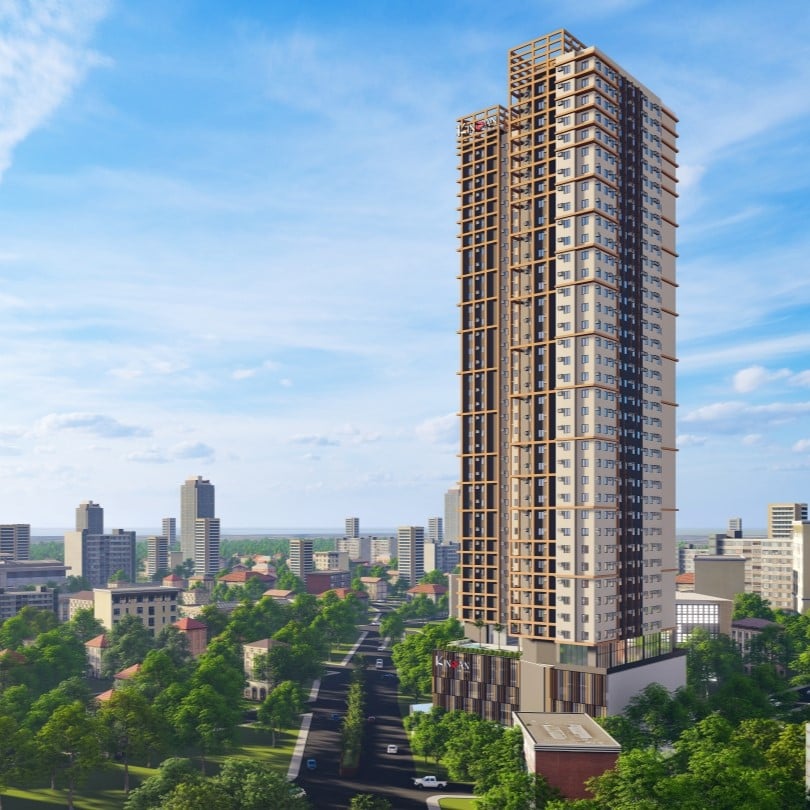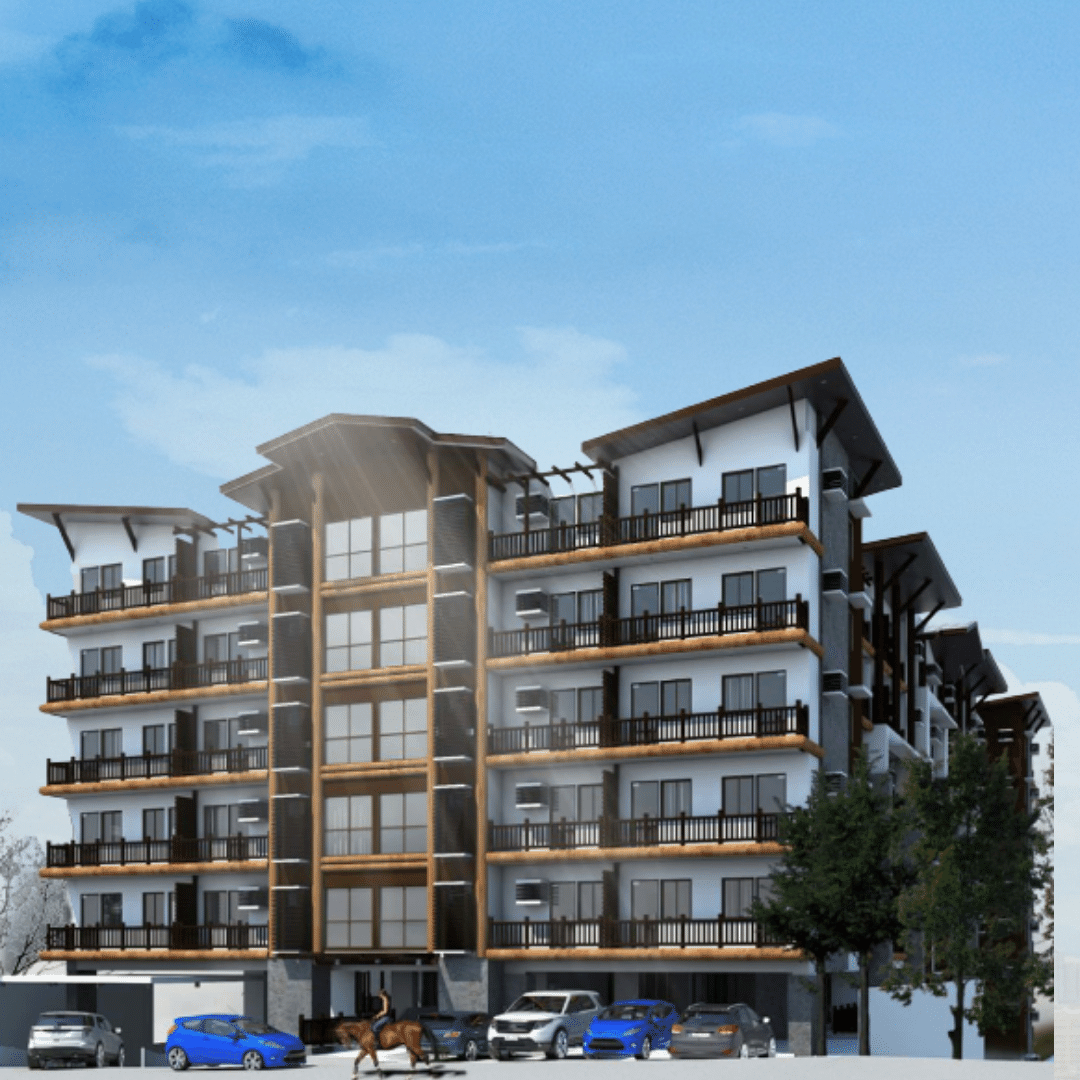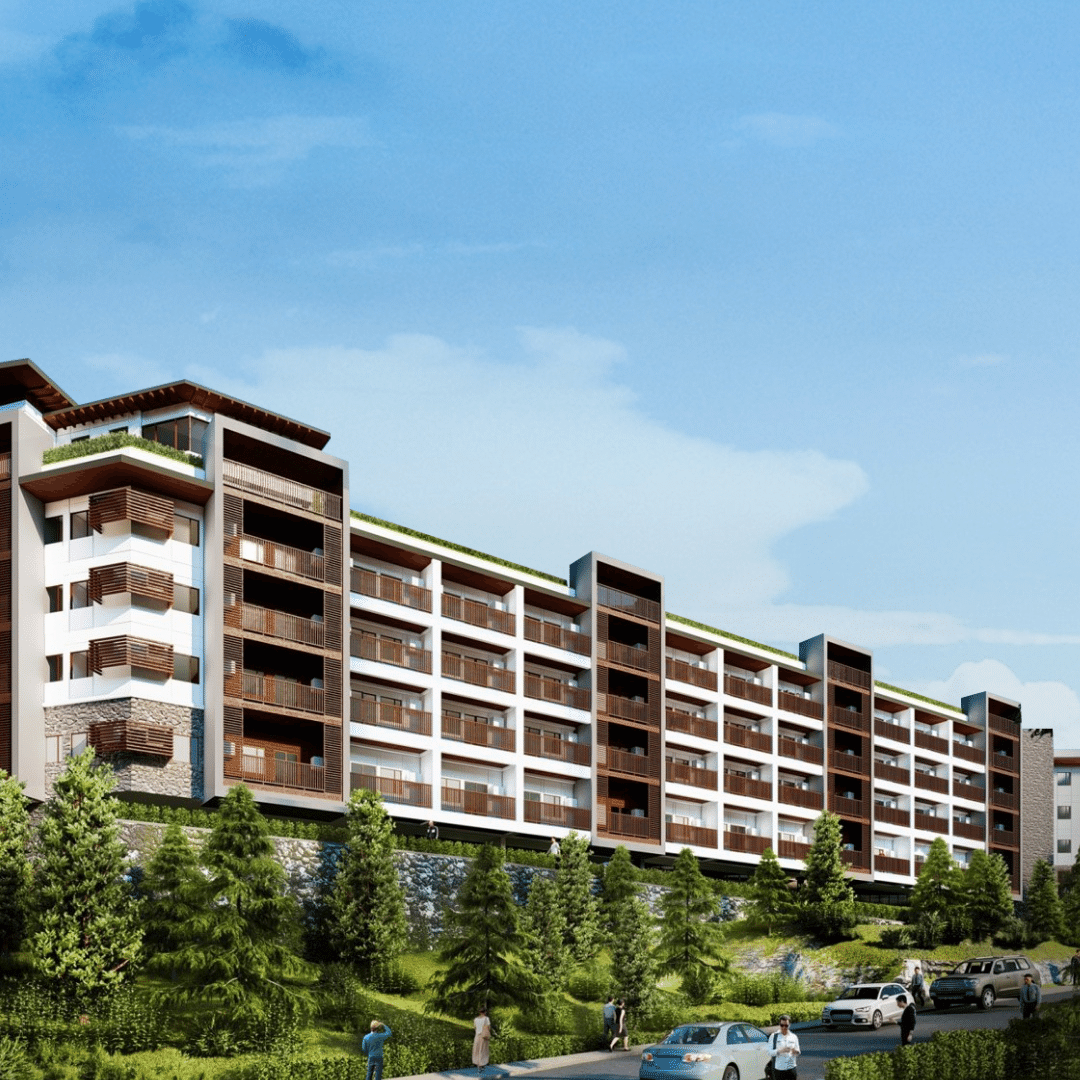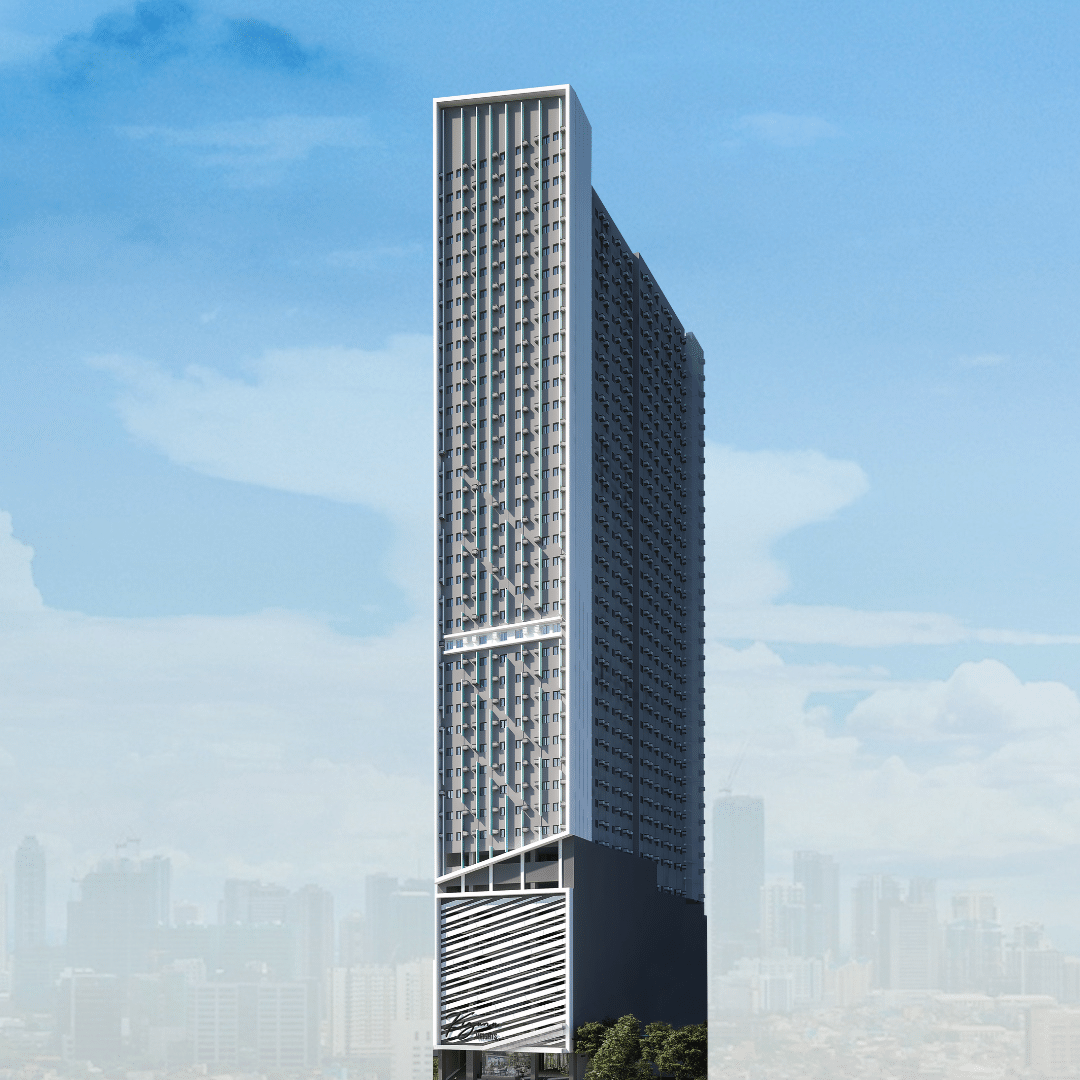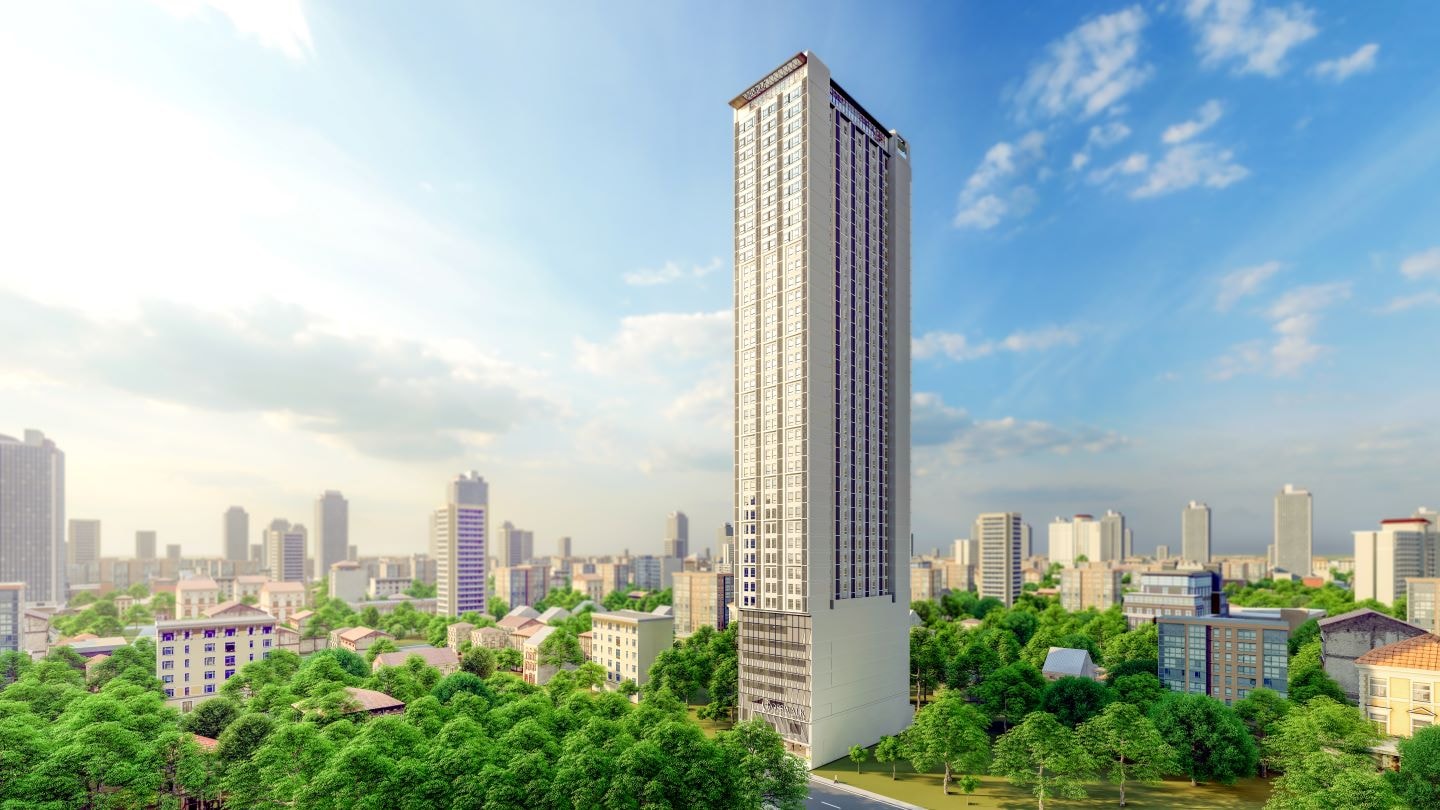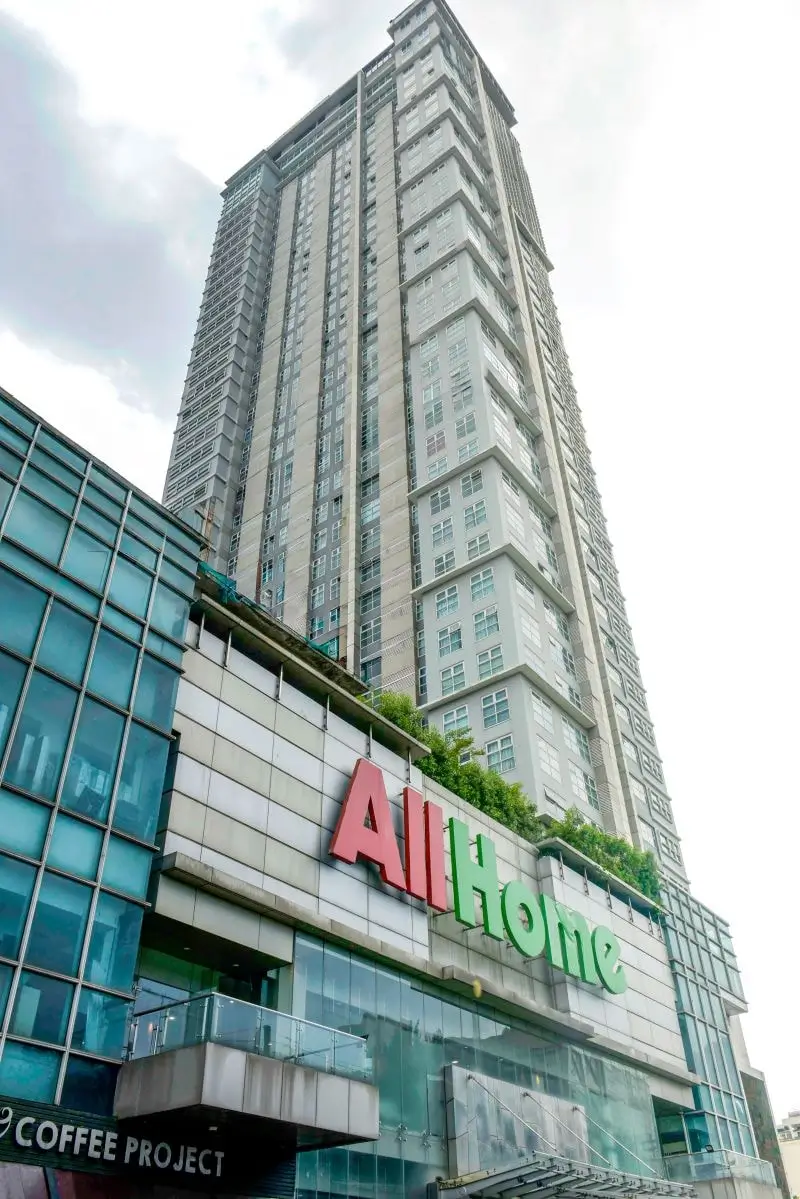The landscape of Metro Manila's real estate market is continually evolving, with condominiums playing a pivotal role in meeting the demand for urban dwelling units. In recent years, business districts across the metro have witnessed a surge in the development of high-rise residential properties, catering to the growing preference for condo living among end-users and investors alike.
In this article, we delve into the anticipated demand for apartment buildings, dwelling units, or condos in prominent business districts, focusing on key projects such as The Spectrum and The Currency at Ortigas CBD, Salcedo Square and Laureano di Trevi at Makati CBD, and Symphony and Wil Tower at QC CBD.
Understanding the Demand Factors
The demand for condo units in business districts is influenced by a myriad of factors, including economic growth, population density, transportation infrastructure, and lifestyle preferences. As Metro Manila continues to experience rapid urbanization and economic expansion, the demand for residential properties in strategic locations remains high. Moreover, the shift towards condo living is driven by the desire for convenience, security, and access to amenities typically offered by multifamily dwellings.
Analyzing Condominium Prices and Affordability
Condominium prices in prime business districts such as Ortigas, Makati, and Quezon City vary depending on factors such as location, price per square meter, amenities, calculated load, developer reputation, and house loads. While luxury properties command premium prices, there is also a market for more affordable condo units catering to a broader range of buyers. The affordability of condos is a crucial consideration for both end-users and investors, as it directly impacts the demand and absorption rate of dwelling units within a development.
Projected Demand Factor for Condo Units
In Ortigas CBD, developments like The Spectrum and The Currency are poised to attract high demand due to their strategic location and upscale amenities. The vibrant business environment coupled with the proximity to shopping centers, dining establishments, and transportation hubs make these projects highly desirable for urban dwellers. Similarly, in Makati CBD, Salcedo Square and Laureano di Trevi offer luxurious living spaces tailored to the discerning tastes of residents seeking convenience and sophistication.
In the QC CBD, Symphony and Wil Tower stand out as prominent residential landmarks, catering to the diverse needs of residents in the area. With easy access to commercial establishments, educational institutions, and major thoroughfares, these developments are expected to experience sustained demand from both end-users and investors looking to capitalize on the burgeoning real estate market in Quezon City.
Assessing Economic Growth and Investment Potential
The economic growth trajectory of Metro Manila plays a significant role in shaping the demand for condo units in business districts. As the country's financial and commercial hub, the metro attracts a steady influx of professionals, expatriates, and migrants in search of employment opportunities and a better quality of life. This demographic trend fuels the demand for residential properties, making investments in condo developments a lucrative prospect for developers and investors alike.
Infrastructure Development and Accessibility
The accessibility of condo developments to key transportation nodes and infrastructure projects further enhances their appeal to prospective buyers. Projects situated near major roads, highways, and public transportation systems offer unparalleled convenience and connectivity, making them highly sought-after in the competitive real estate market. Additionally, amenities such as parking facilities, recreational areas, and 24-hour security contribute to the overall desirability and value proposition of condo living in business districts.
Analyzing Demand Factors in Business Districts
In business districts such as Ortigas CBD, Makati CBD, and QC CBD, the demand for condo units is further fueled by factors such as accessibility, lifestyle amenities, and proximity to employment centers. The Spectrum and The Currency at Ortigas CBD, for instance, cater to professionals working in the surrounding corporate offices, offering modern living spaces with easy access to retail outlets, dining establishments, and recreational facilities.
Similarly, Salcedo Square and Laureano di Trevi at Makati CBD are situated in one of the country's premier financial districts, attracting residents who value convenience and luxury. These upscale condominium developments boast state-of-the-art amenities, spacious units, and panoramic views of the city skyline, catering to discerning homeowners and investors alike.
In the QC CBD, Symphony and Wil Tower stand out as prime residential options, catering to the diverse needs of urban dwellers. With a focus on sustainability and community living, these condo projects offer a range of lifestyle amenities, from fitness centers and swimming pools to landscaped gardens and social spaces, enhancing the overall quality of condo living in the area.
Impact of Economic Growth on Condo Demand
Economic growth plays a significant role in driving the demand for condo units in Metro Manila's business districts. As the economy continues to expand, fueled by robust domestic consumption and foreign investment, there is a growing need for housing solutions that cater to the evolving lifestyle preferences of urban residents. Condo living, with its emphasis on convenience, security, and amenities, appeals to a wide range of end users, from young professionals to empty nesters seeking a vibrant urban lifestyle.
Market Trends in Condominium Prices
The condominium prices in Metro Manila's business districts vary depending on factors such as location, size, amenities, and developer reputation. Generally, properties situated in prime locations command higher prices due to their proximity to key commercial and leisure destinations. For example, condos in Ortigas CBD and Makati CBD tend to have higher price tags compared to those in emerging CBDs like QC CBD, reflecting the premium placed on central location and accessibility.
Despite the upward trend in condominium prices, developers are keen on addressing the demand for more affordable housing options, particularly in areas where land availability is limited. This has led to the emergence of mixed-use developments and compact condo units aimed at first-time homebuyers and young professionals looking to invest in their own piece of Metro Manila's vibrant urban landscape.
Investment Potential and Rental Demand
Apart from catering to end users, condo units in business districts also present lucrative investment opportunities for buyers looking to diversify their portfolios. With high demand for rental properties driven by the influx of expatriates, students, and young professionals, investors can expect favorable rental yields and capital appreciation over time.
Additionally, the convenience of condo living and the allure of urban amenities make these properties highly desirable among tenants, ensuring a steady stream of rental income for investors.
The demand for condo units in the bustling business districts of Metro Manila has seen a significant upswing in recent years, driven by several key demand factors. As the economy continues to grow, more Filipinos seek the convenience and luxury of condo living, making it a preferred choice for urban dwellers.
One of the primary factors contributing to the surge in condo demand is the rapid economic growth of the Philippines. As the country's economy expands, so does the need for convenient and affordable housing options, particularly in major urban centers like Metro Manila. Condominium prices in prime locations such as Fort Bonifacio have seen a steady increase, reflecting the high demand for multifamily dwelling units in these areas.
Developers and investors alike are capitalizing on this trend by undertaking projects to meet the growing demand for condo units. Colliers Philippines, a leading real estate consultancy, notes that condo projects in business districts are among the most sought-after investments in the country. With the average condo unit size ranging from square meters to square feet, developers are catering to a diverse range of end users, from homeowners to renters.
In the same manner, the demand for amenities such as air conditioning, laundry facilities, and general lighting has led developers to incorporate these features into their condo projects. Calculating the load for air conditioning and other appliances is essential in determining the power supply required for each unit. The optional method for calculating load, based on the nameplate rating of appliances and branch circuits, ensures that condo buildings are equipped to handle the needs of residents.
Condo living offers residents the convenience of being situated close to their workplaces, amenities, and entertainment options. With Metro Manila's traffic congestion woes, the appeal of living in the heart of the business district is undeniable. As a result, condos in these areas command premium prices, making them attractive investments for both developers and homeowners.
For end users, condo living provides a convenient and hassle-free lifestyle, with property management taking care of maintenance and security concerns. With a range of amenities such as swimming pools, gyms, and recreational areas, condos offer a luxurious lifestyle that appeals to a wide range of residents.
The anticipated demand for condo units in Metro Manila's business districts underscores the dynamic nature of the real estate market and the evolving preferences of urban dwellers. Projects such as The Spectrum, The Currency, Salcedo Square, Laureano di Trevi, Symphony, and Wil Tower exemplify the convergence of luxury, convenience, and investment potential in prime locations across the metro.
As economic growth continues and infrastructure development expands, the demand for residential properties in business districts is expected to remain robust, offering lucrative opportunities for developers, investors, and homeowners alike.
